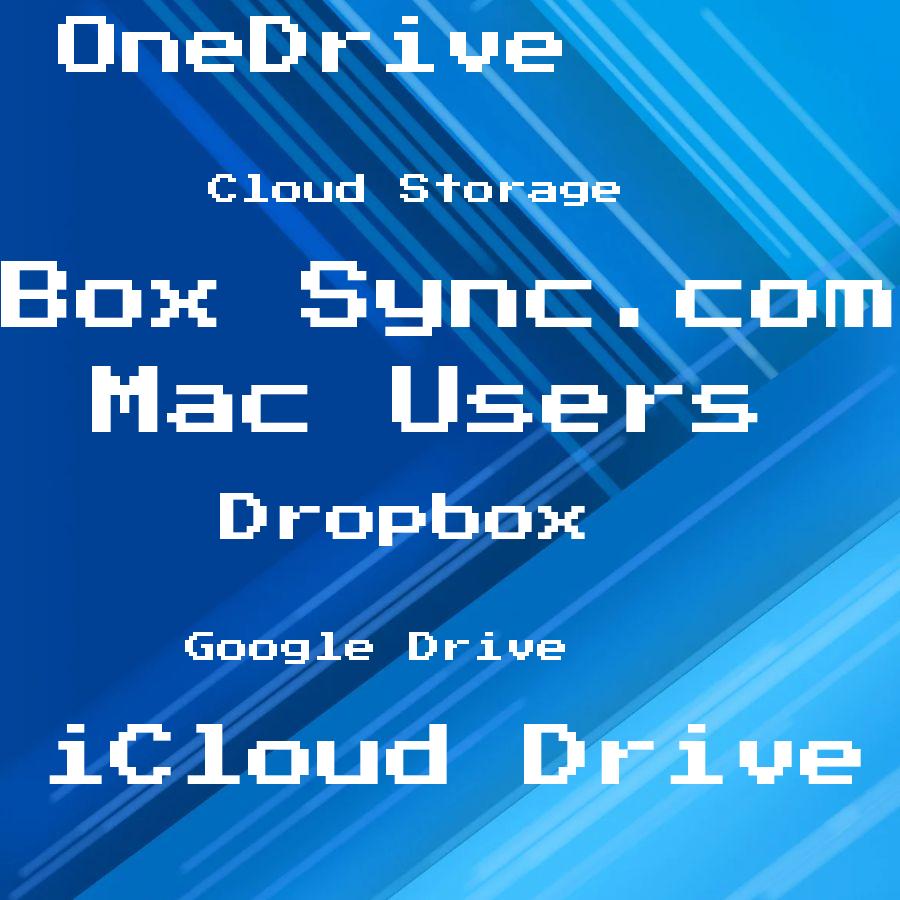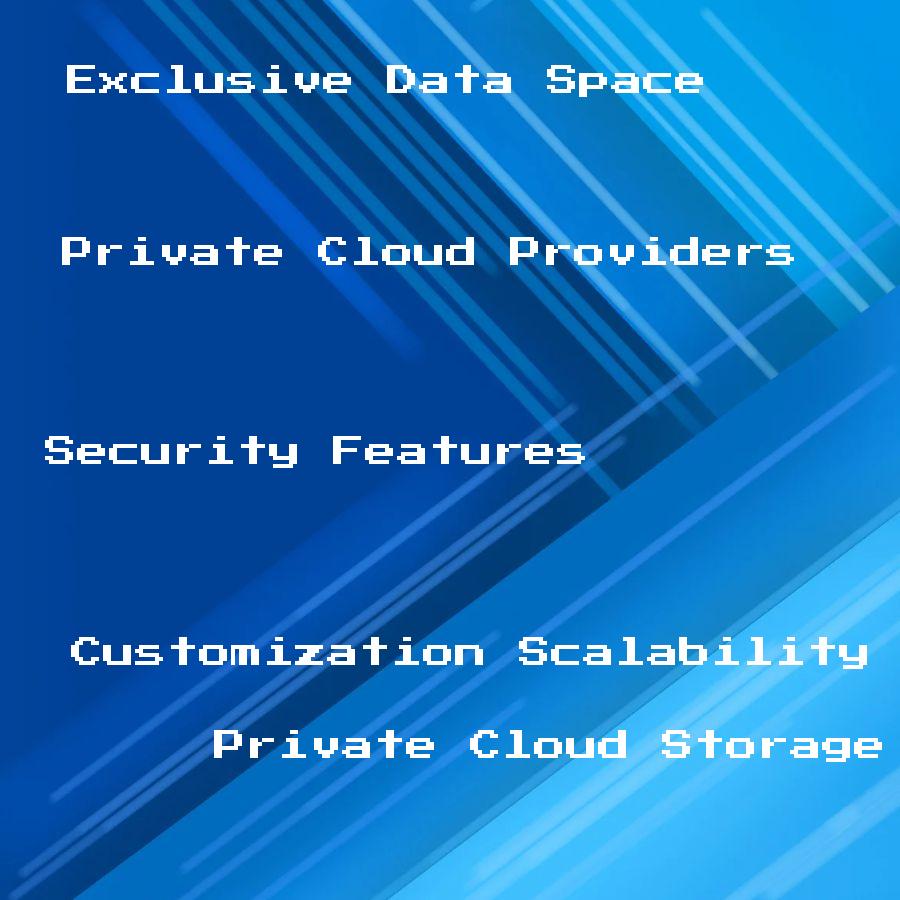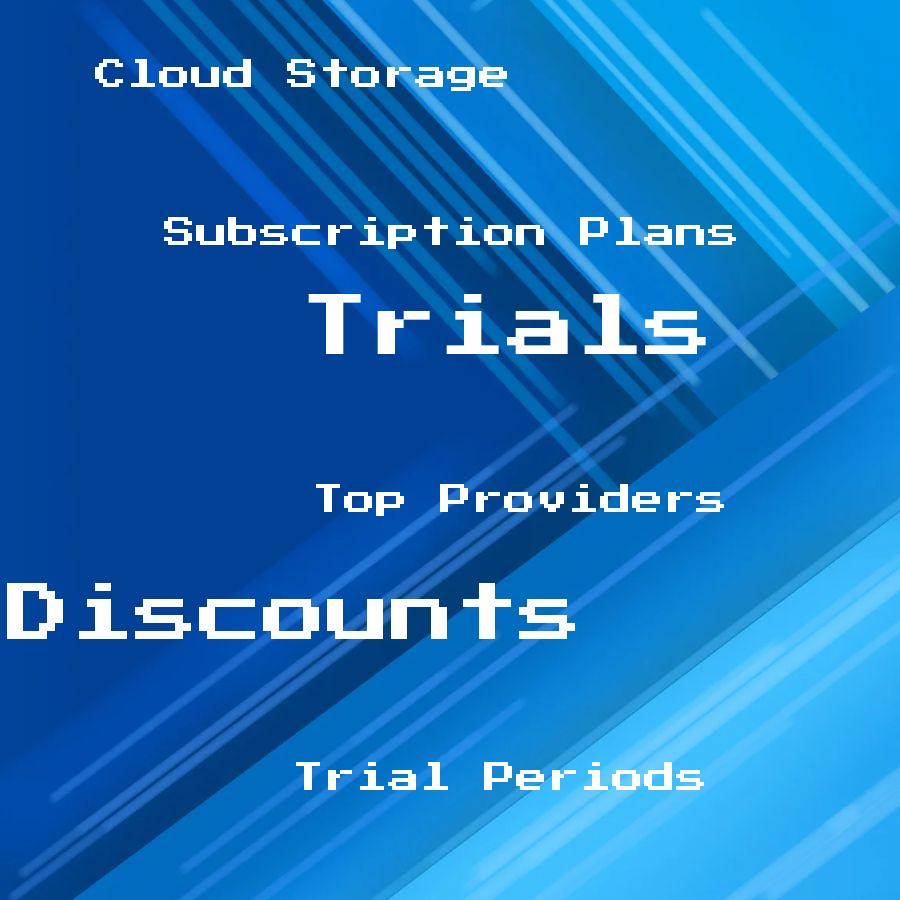Discover the transformative power of cloud-native examples as we delve into real-world applications that accelerate innovation and optimize performance in today’s fast-paced digital landscape.
Welcome to the exciting world of cloud-native computing! As businesses continue to shift towards cloud-based solutions, the demand for cloud-native applications and services has skyrocketed. In this blog post, we’ll explore some real-world examples of companies that have successfully implemented cloud-native strategies.
From startups to established enterprises, these organizations have leveraged the power of the cloud to improve their agility, scalability, and overall performance. So if you’re curious about what it means to be “cloud-native” and how it can benefit your business, read on!
Cloud-Native Architecture

Cloud-native architecture is a design approach that emphasizes building and running applications in the cloud. It’s an evolution of traditional application development, where software was built to run on specific hardware or operating systems.
With cloud-native architecture, applications are designed to be scalable, resilient, and highly available in dynamic environments.
One of the key benefits of cloud-native architecture is its ability to support microservices-based architectures. Microservices are small independent services that work together as part of a larger application.
They can be developed and deployed independently from each other using different programming languages or frameworks.
By breaking down monolithic applications into smaller microservices components with well-defined interfaces between them, organizations can achieve greater agility and scalability while reducing complexity.
In addition to microservices patterns, containerization & orchestration technologies like Docker containers and Kubernetes have become essential tools for implementing cloud-native architectures at scale. These technologies enable developers to package their code along with all its dependencies into portable containers that can run anywhere without modification.
Microservices Patterns
By breaking down complex applications into smaller, independent services, microservices enable organizations to build and deploy software more quickly and efficiently. This approach also allows for greater flexibility in terms of scaling individual components as needed.
One popular microservices pattern is the API Gateway pattern, which provides a single entry point for all client requests to an application. The gateway then routes these requests to the appropriate service or services based on predefined rules.
Another common pattern is the Circuit Breaker pattern, which helps prevent cascading failures by detecting when a service has failed and temporarily redirecting traffic elsewhere until it can be restored.
Containerization & Orchestration
Containerization allows developers to package their code, dependencies, and configurations into a single unit that can be easily deployed across different environments. This approach provides greater consistency and portability while reducing overhead costs associated with traditional virtual machines.
However, managing containers at scale can quickly become complex without proper orchestration tools in place. That’s where container orchestration comes in – it automates the deployment, scaling, and management of containers across multiple hosts or clusters.
Kubernetes is one such popular open-source platform for container orchestration that has gained significant traction among enterprises looking to streamline their cloud-native operations. With Kubernetes’ robust set of features for load balancing, service discovery, auto-scaling capabilities etc., organizations can achieve high availability while maintaining flexibility in deploying microservices-based architectures.
CI/CD Pipelines
CI/CD pipelines automate the entire software development process from code changes to production deployment. This approach ensures that any changes made to an application are thoroughly tested before they’re released into production environments.
By implementing a CI/CD pipeline in your organization’s cloud-native strategy, you can reduce time-to-market for new features or products while maintaining high-quality standards. With automated testing and deployment processes in place, developers can focus on writing code rather than worrying about manual testing or deployment tasks.
Several tools are available for building robust CI/CD pipelines such as Jenkins, GitLab CI / CD & CircleCI which provide end-to-end automation capabilities with support for multiple programming languages & frameworks.
Serverless Computing
This approach allows developers to focus on writing code without worrying about managing servers or infrastructure. With serverless, you only pay for what you use, making it a cost-effective solution for businesses of all sizes.
Serverless architecture has become increasingly popular because it offers several benefits over traditional approaches. For example, it enables faster development cycles and reduces operational overheads by eliminating the need to manage servers manually.
Moreover, Serverless architectures are highly scalable and can handle sudden spikes in traffic with ease since they automatically scale up or down based on demand.
Adopting a cloud-native strategy that includes serverless computing can help organizations achieve greater agility and scalability while reducing costs associated with infrastructure management.
Kubernetes in Action
It provides an efficient way to manage and deploy containerized applications at scale, making it an essential tool for any organization looking to adopt cloud-native architecture.
Kubernetes enables developers to automate the deployment, scaling, and management of their applications with ease. By leveraging Kubernetes’ robust API and declarative configuration model, teams can focus on building great software without worrying about infrastructure details.
One example of Kubernetes in action is Spotify’s use case. The music streaming giant uses Kubernetes as its primary platform for deploying microservices across multiple data centers worldwide.
With over 20 million daily active users globally, Spotify needs a reliable system that can handle massive traffic spikes while maintaining high availability.
By using Kubernetes’ auto-scaling capabilities and load balancing features, Spotify ensures that its services are always available regardless of user demand or server failures. This allows them to deliver seamless experiences to their users while reducing operational costs through automation.
Monitoring & Observability
With the complexity of modern applications, it’s essential to have a comprehensive understanding of how they’re performing in real-time. Monitoring provides visibility into the health and performance metrics of your application, while observability goes beyond that by providing insights into its internal workings.
Cloud-native monitoring tools like Prometheus and Grafana allow you to collect data from various sources such as containers, microservices, or infrastructure components. This data can then be analyzed using dashboards that provide visualizations for better decision-making.
Observability takes this a step further by enabling you to understand what’s happening inside your application at runtime through distributed tracing techniques like OpenTracing or Jaeger. These tools help identify bottlenecks in your system so that you can optimize performance accordingly.
Monitoring and observability are crucial aspects when it comes to building resilient cloud-native applications with high availability rates. By leveraging these practices alongside other key strategies such as containerization & orchestration or CI/CD pipelines – businesses can achieve optimal results from their digital transformation efforts while ensuring customer satisfaction remains top priority!




